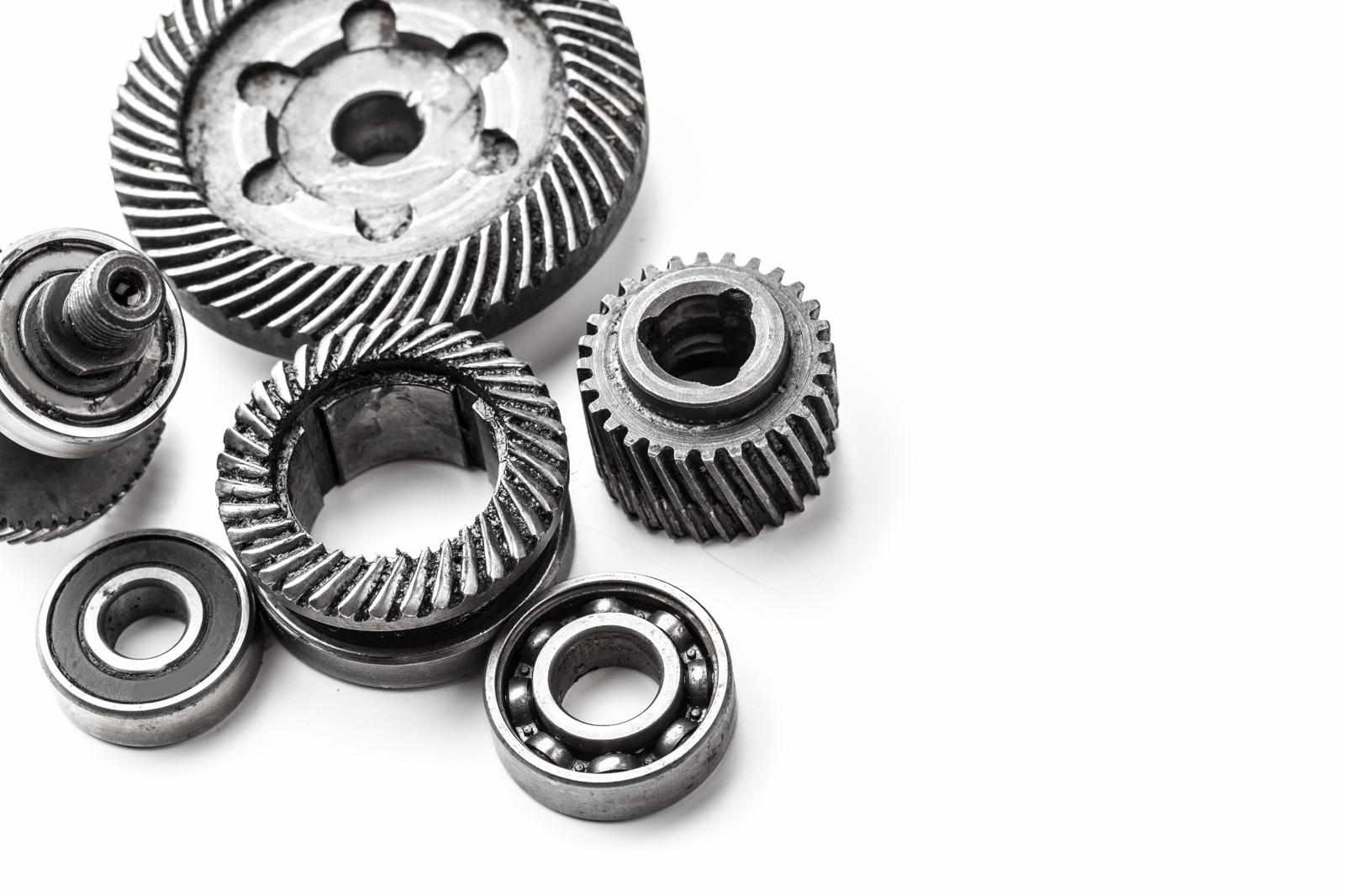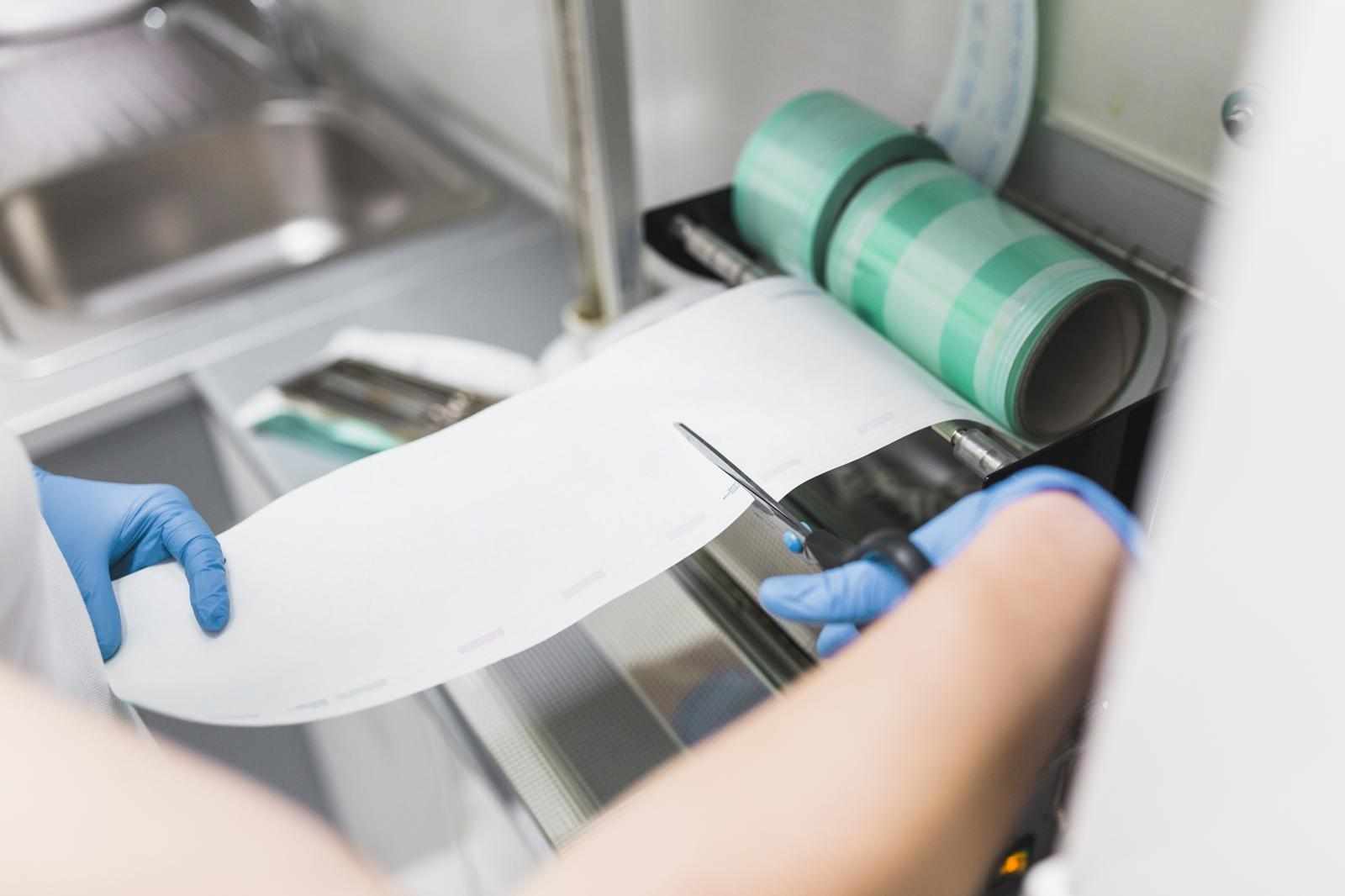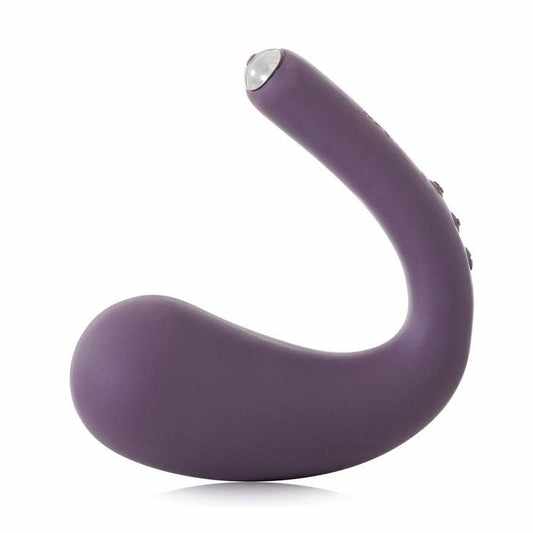
In the realm of mechanical engineering, the planetary gear ring stands as a testament to innovation and efficiency. As a pivotal component of planetary gear systems, it plays a crucial role in various industries, from automotive to aerospace. This article delves into the intricacies of the planetary gear ring, exploring its design, functionality, and diverse applications.
Understanding the Planetary Gear System
A planetary gear system, also known as an epicyclic gear train, comprises three primary components:
Sun Gear: The central gear around which the system revolves.
Planet Gears: Multiple gears that orbit the sun gear, mounted on a movable carrier.
Ring Gear (Annulus): An outer gear with internal teeth that mesh with the planet gears.
The ring gear, in particular, serves as the outer boundary of the system, providing structural integrity and facilitating torque transmission. Its internal teeth engage with the planet gears, enabling smooth and efficient power distribution.
Advantages of the Planetary Gear Ring
The planetary gear ring offers several benefits that make it indispensable in modern machinery:
Compactness: The coaxial arrangement of gears allows for a high power-to-size ratio, making the system ideal for applications with space constraints.
High Torque Transmission: The load is evenly distributed among multiple planet gears, enabling the system to handle higher torque loads efficiently.
Versatility: By altering which component is held stationary, the system can achieve various gear ratios, offering flexibility in speed and torque control.
Durability: The even load distribution reduces wear and tear, enhancing the longevity of the system.
Applications Across Industries
The unique properties of the planetary gear ring make it suitable for a wide range of applications:
Automotive Industry
Planetary gear systems are integral to automatic transmissions, providing smooth gear shifts and improved fuel efficiency. They also play a role in hybrid vehicles, facilitating the seamless integration of electric and combustion power sources.
Aerospace Sector
In aircraft, planetary gears are used in turbine engines and helicopter rotor drives, where reliability and compactness are paramount.
Renewable Energy
Wind turbines utilize planetary gear systems to convert the slow rotation of blades into higher-speed motion suitable for electricity generation.
Industrial Machinery
From conveyor systems to robotics, planetary gears provide precise motion control and high torque in compact spaces.
Manufacturing the Planetary Gear Ring
The production of a planetary gear ring involves several meticulous processes:
Material Selection: High-strength alloys are chosen to withstand the stresses of operation.
Machining: Precision machining ensures accurate tooth profiles and dimensions.
Heat Treatment: Processes like carburizing enhance surface hardness, improving wear resistance.
Quality Control: Rigorous testing verifies the gear's performance and adherence to specifications.
Innovations and Future Prospects
Advancements in materials science and manufacturing techniques continue to enhance the performance of planetary gear rings. The integration of smart sensors for real-time monitoring and the development of lightweight composites are paving the way for more efficient and durable gear systems.
Conclusion
The planetary gear ring is a cornerstone of modern mechanical systems, offering unmatched efficiency, versatility, and reliability. As industries evolve and demand more compact and powerful solutions, the significance of this component will only grow. Understanding its design and applications is essential for engineers and innovators striving to push the boundaries of technology.




Write a comment ...